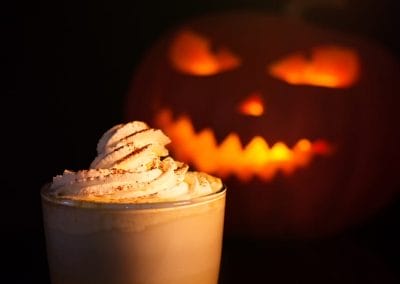Tips for how to talk to children about racism, violence, and social justice
The impact of racism and stereotyping begins quite early. Research shows that as early as preschool, children may begin excluding other children from play and activities because of racial differences (Winkler, 2009). It’s important, then, to create a safe space to explore the issues of race and racial injustice in developmentally appropriate ways.
To drive the importance home, I refer to Beverly Daniel Tatum’s metaphor of “smog breathers.” Just like people who live in heavily smogged areas find it impossible to avoid breathing in polluted air, people who are immersed in a larger systemic culture of racism are unable to avoid its toxic effects. Until you stop to examine those beliefs, you may not notice the toxicity. Therefore, it’s important to reflect, listen, and discuss these ideas, including your children in the process.
Follow your child’s lead.
Children notice differences in the world around them and ask questions.
Even though you may limit their media use (and you should limit their viewing of violent and scary images), children can still pick up on your anxiety and know that something is wrong. It’s important that you answer their questions using simple language that they can understand.
Stay calm as you answer to help children feel safe. And follow your child’s lead. Children know when they’ve had enough information and will stop asking questions. It is important, however, to be open and honest. Let children know that people are often judged unfairly because of their skin color, culture (or other trait) and that this discrimination is not ok. Furthermore, remember that you are a model for your child. Talking with them is only part of your responsibility. You also must model the behaviors of respect and tolerance.
Developmentally Appropriate Language Tips
- Between ages 2-5, children lack the skills to make sense of complex issues, but they do pick up on the anxiety around them and want to know that they are safe. Your role is to help them interpret what they see and hear. You are laying the foundation for how they interpret differences in people. For example, fairness is a huge part of preschool children’s moral development, so you can frame the conversation by helping them to understand that racism involves unfair behavior. They are also at the beginning stages of understanding others’ perspectives, so you can begin to teach empathy and give them ideas of how to respond when someone else is in distress.
- School aged children can place themselves into other people’s shoes much more easily. Children at this age often work through their questions and emotions through play, so pay attention to their play and help teach them through play. They are also internalizing right vs wrong from parents and other authority figures, so again, remember to model respect, tolerance, and social justice. Help them to learn appropriate language for human differences, to form caring connections with others, to recognize unfairness (and to have language to describe unfairness), and to understand that unfairness hurts. Give them the tools and empowerment to speak up for others and to act against prejudice or discriminatory actions.
- Adolescents are often deeply impacted by images in media or other things they see and hear. They want developmentally appropriate ways to move from emotion to action. Teens can understand more complex dialogue, and sometimes that dialogue can get messy. Help them to communicate their feelings effectively, lead them towards research that can help (see resources below), and remember that teens are not just are future–they are our PRESENT. Much like their younger counterparts, they have voices and value NOW and should be given opportunities to help and the tools to be allies.
Curious what coaching can do for you?
Schedule your free 30 minute discovery session to find out if coaching is right for you.
Resources for teaching children about racism, violence, and social justice
Book Lists about Inclusion, Race, and Social Justice
- https://www.leeandlow.com/
- https://diversebooks.org/
- https://socialjusticebooks.org/booklists/
- http://www.raceconscious.org/childrens-books/
- More books included here
- Who’s Toes are Those by Jabari Asim
- Let’s Talk about Race by Julius Lester
- Lovely by Jess Hong
- A Kids Book about Racism by Jelani Memory
Other resources
- https://www.naeyc.org/topics/anti-bias-education
- https://www.tolerance.org/
- http://www.raceconscious.org/
- https://www.responsiveclassroom.org/
- https://glazermuseum.org/socialjustice
- Examples of answers to common questions
- https://childmind.org/blog/talking-to-kids-about-george-floyd/
- https://nmaahc.si.edu/learn/talking-about-race
- NASP guide to talking about violence
Encourage your children to ask questions, and don’t worry if you can’t answer them. They’ll learn from you trying to find the answers.
Finally, for many children and families, this is a traumatic time. BIPOC parents are worried for their children’s futures. Children are worried for their parents. And siblings worry for each other. Parents, make sure that you are practicing self-care and self-compassion. Watch children for physical and emotional impacts of stress and fear, such as stomach pain, regressive behaviors, low tolerance for frustration, crying, or inability to focus. Here are some tips for helping children after a traumatic event.
Not ready to dive in yet? No problem!
Subscribe to my newsletter to receive regular doses of inspiration. No spam, ever. Promise.








